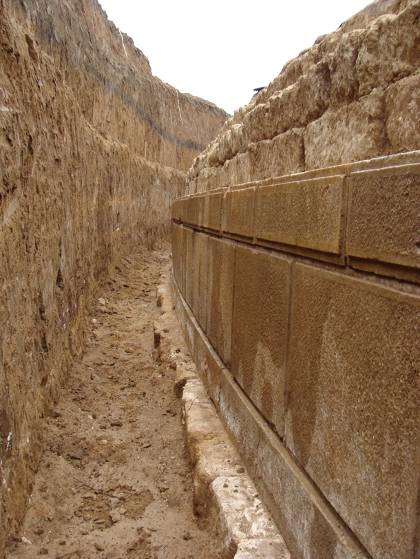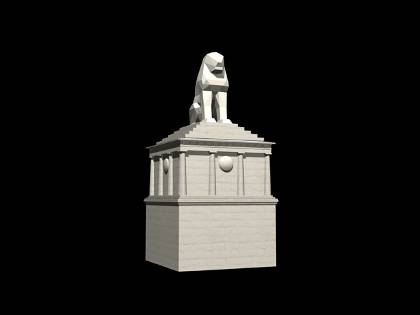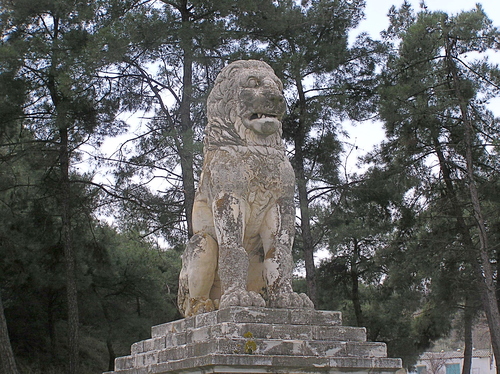Collage and photos: zougla.gr
The tomb of Alexander the Great has been a mystery to historians and archaeologists for centuries. The interest in the topic has revived in Greece recently and GRReporter has already published a related article. Today we offer you a walk around the supposed grave of the legendary commander who created one of the largest empires in history.
After the initial enthusiasm in social networks provoked by the media reports the interest as to who had been buried in the tomb near Amphipolis is not subsiding. According to a report in the Greek information portal zougla.gr, the excavations are continuing but the site is not guarded during weekends. The edition comments, "The Greek state has not provided 24-hour guarding of the site throughout the week despite the rumours and speculations about the identity of the person/s buried in the mound."
The archaeologists are not denying that the site discovered in the region of Amphipolis is a significant and unique finding regardless of the controversy on whether it is actually the tomb of Alexander the Great.
The tomb is 498 metres long, 23 metres high and forms a circle with a diameter of 158.4 metres which is surrounded by marble slabs 3 metres high. It was built in the late 4th century BC, an era of important historical events in Macedonia, which coincides with the death of Alexander the Great. This is the basis for both the initial and, in the majority of cases, excessive enthusiasm that the archaeological excavations will uncover one of the biggest mysteries, namely the tomb of the ruler of ancient Macedonia.

The Greek media writes that, according to various ancient authors, until 391 BC, the inhabitants of Alexandria had shown visitors to the city the tomb of Alexander the Great. From that moment onwards, the location of the tomb became a mystery and none of the attempts to find it had been successful. Probably it is because of this that the myths and legends associated with it are numerous. After this archaeological discovery in early August, many locals started talking about an old legend which has its roots in the ancient city of Amphipolis and which says that "a great king" rests in the tomb.
Residents of the region had carried out the first excavations in 1953. They found a stone building, parts of which were on top of the tomb. The archaeological excavations began in 1964 under the direction of archaeologist Dimitris Lazaridis. He and his collaborators found a large rectangular room of 10 x 10 metres and 5 metres high. Lazaridis was the first to define the discovery as a tomb due to a large plate which, as stated now, was the bottom of the pedestal on which the famous "Lion of Amphipolis" had been placed.


The archaeologists involved in the excavations are impressed by the finding but quite reserved in their conclusions as well. However, according to Ekaterini Peristeri, head of the group, "The tomb was built in the late 4th century BC. Very significant and dramatic events had happened in Macedonia and in the region of Amphipolis in particular at that time. I mean the disputes between the heirs of Alexander and the murders of Roxanne (the first wife of Alexander the Great – author’s note) and her son, Alexander IV, following the orders of Cassander. The monuments are connected with each other and now we know that the lion had been placed on top of the tomb as an indication that one or more important figures of Amphipolis had been laid in the tomb."
In an attempt to calm the waters the Ministry of Culture has issued a message, underlining the importance of the discovery and explicitly stating that "the arbitrary interpretations and the connecting of the discovery with historical figures before the announcement of the results of the excavations have no scientific basis and are more than risky."